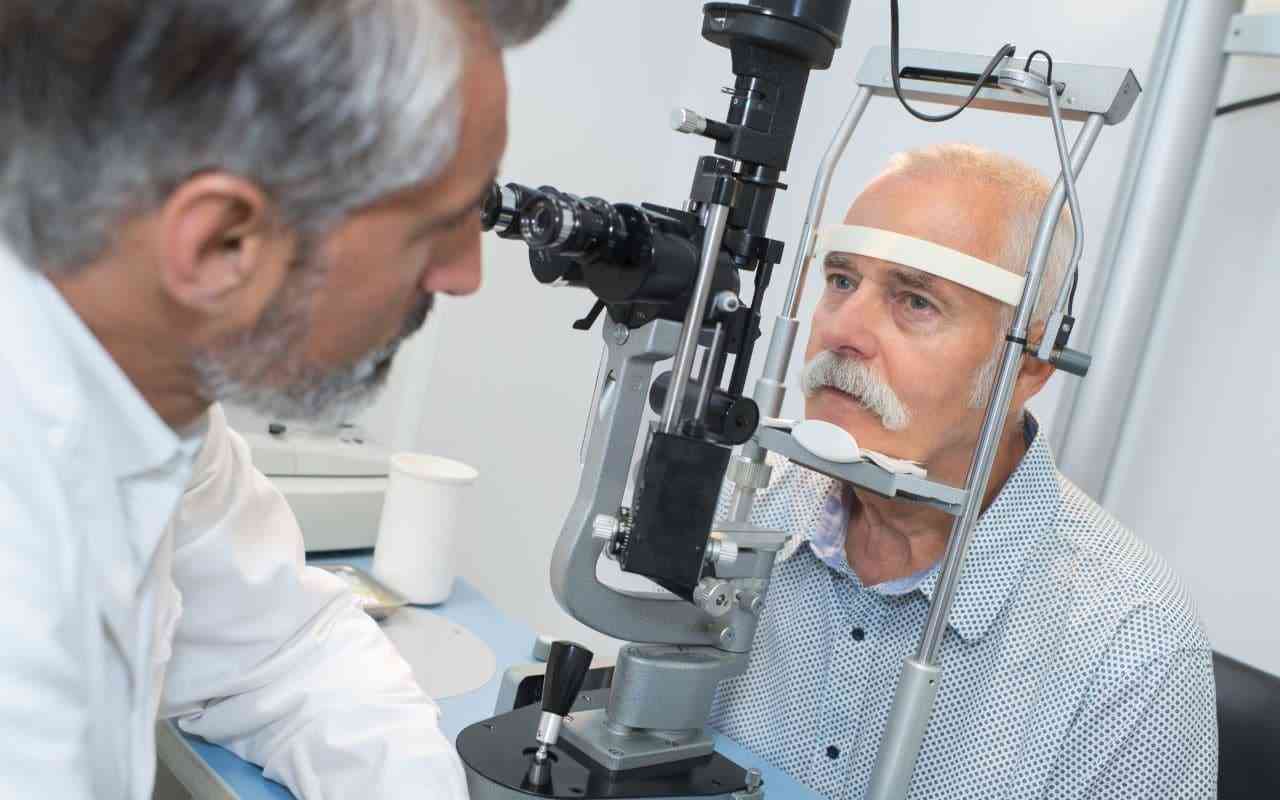
Cardiovascular disease is a significant global health concern, responsible for nearly 700,000 deaths each year in the United States. However, the good news is that many cases of cardiovascular disease are preventable through lifestyle modifications and risk factor management.
In this article, we will explore the power of prevention in reducing the risk of cardiovascular disease and discuss practical strategies that can help promote heart health.
Understanding Cardiovascular Disease
There are many types of cardiovascular disease, including heart attacks and strokes, which affect the heart and blood vessels. To prevent cardiovascular disease, it is important to understand the risk factors associated with it, such as high blood pressure, high cholesterol levels, smoking, obesity, satiety, diabetes, and family history. The identification of these risk factors can help you minimize your chances of developing cardiovascular disease.
Lifestyle Modifications for a Healthy Heart
A healthy lifestyle is key to reducing heart disease risk. An important aspect of a heart-healthy lifestyle is maintaining a balanced diet. Minimize your intake of saturated fats, cholesterol, sodium, and cholesterol by eating fruit, vegetables, whole grains, lean proteins, and healthy fats every day. Regular physical activity is also vital for cardiovascular health. Walking, jogging, swimming, or cycling for at least 150 minutes a week can lower blood pressure and reduce cardiovascular disease risk.
Managing Risk Factors
High blood pressure and high cholesterol levels are two of the many risk factors contributing to heart disease. Controlling blood pressure can be achieved by reducing salt intake, choosing a heart-healthy diet, and exercising regularly. Additionally, cholesterol levels can be managed by exercising, eating healthy foods, limiting saturated fats, increasing fiber, and incorporating cholesterol-lowering foods. A healthy lifestyle includes quitting smoking and reducing alcohol consumption.
Maintaining a Healthy Weight
The cardiovascular system needs to be maintained at a healthy weight. Cardiovascular diseases are more likely to develop when an individual is overweight, especially around the waist. To maintain a healthy weight, eat a balanced diet and exercise regularly. Consult with a healthcare professional to determine a target weight and develop a personalized plan that suits your individual needs and preferences.
Stress Management and Mental Well-Being
Chronic stress can have detrimental effects on cardiovascular health. You can implement stress management techniques to reduce the risk of developing cardiovascular disease. Relaxation techniques, such as deep breathing exercises, meditation, and yoga, as well as spending quality time with loved ones, can help alleviate stress. Cardiovascular disease can also be exacerbated by conditions such as depression and anxiety. Seeking support from healthcare professionals, therapists, or support groups can play a significant role in managing mental well-being.
Regular Health Check-ups and Screenings
Regular health screening and check-ups are vital for identifying and managing cardiovascular disease risk factors. Healthcare providers monitor blood pressure, cholesterol levels, blood sugar levels, and other cardiovascular health indicators regularly during routine visits. Additionally, healthcare professionals can offer personalized guidance on managing risk factors and developing preventive strategies.
Specialist Care from a Cardiologist
A cardio Dr. plays a critical role in preventive care by conducting regular check-ups, performing diagnostic tests, and assessing individual risk factors. Cardiologists can determine a person's risk of developing cardiovascular disease by evaluating blood pressure, cholesterol levels, and family history. By identifying potential risk factors early on, a cardiologist can recommend lifestyle modifications, prescribe medications if necessary, and develop a personalized treatment plan to manage and reduce the risk of cardiovascular disease.
Electrocardiograms (ECGs) and lipid profiles are useful screenings for detecting underlying conditions and assessing heart health. Now, let's address the question, “What does ECG stand for?” ECG stands for electrocardiogram. It is a diagnostic test that measures the electrical activity of the heart. By recording the electrical impulses generated by the heart, an ECG provides valuable information about the heart's rhythm, rate, and overall electrical activity. It is a non-invasive and widely used test in cardiology to assess the heart's function and detect any abnormalities.
During an ECG, small electrodes are placed on the chest, arms, and legs to detect the electrical signals. These signals are then recorded and displayed as a waveform on the ECG machine, allowing healthcare professionals to analyze the heart's electrical activity. ECGs can offer valuable insight into the heart's health, helping to diagnose cardiac conditions such as arrhythmias, heart attacks, and irregular heartbeats.
If you're in Maryland and need to find a specialist, Cardiocare Chevy Chase can help. It is a renowned healthcare facility dedicated to cardiac wellness and providing comprehensive care for individuals at risk of or living with cardiovascular disease.
Promoting a Heart-Healthy Environment
Creating a heart-healthy environment at home and work can significantly impact cardiovascular health. Encouraging the availability of nutritious foods, promoting regular physical activity, and minimizing exposure to secondhand smoke can contribute to a heart-healthy environment. Stocking the pantry with wholesome snacks and removing sugary and processed foods can make it easier to maintain a nutritious diet. Promoting physical activity by encouraging active breaks during the workday and organizing group fitness activities can help employees incorporate exercise into their daily routines. Additionally, creating a smoke-free environment and offering support for smoking cessation can protect individuals from the harmful effects of secondhand smoke.
Educating and Spreading Awareness
Education and awareness play a critical role in preventing cardiovascular disease. Sharing information through community initiatives, social media platforms, and local events can reach a wide audience and inspire positive lifestyle changes. Collaborating with healthcare professionals, community organizations, and schools can further amplify the impact of educational efforts and promote heart health in the community.
Motivation and Accountability
Maintaining a heart-healthy lifestyle isn't easy in our world full of fast food and TV. Setting realistic goals and tracking progress can help you stay motivated and committed to your cardiovascular health. Whether it's monitoring daily steps, keeping a food diary, or participating in fitness challenges, finding strategies that motivate you can make a significant difference. Seeking support from friends, family, or online communities can provide encouragement and accountability on the journey to better heart health.
Conclusion
The power of prevention in reducing the risk of cardiovascular disease is undeniable. Remember, a healthy heart is a gift we give ourselves, and the power to prevent cardiovascular disease lies in our hands.
Dr. Wilson graduated from Rosalind Franklin University of Medicine and Science and completed her residency in Internal Medicine at Advocate Good Shepherd Hospital in Barrington, IL. Dr. Wilson specializes in providing culturally competent and trauma-informed care to patients with physical disabilities. In addition to her private practice, she works as a science communicator, teaching health literacy to middle school and high school students in her local school district.








